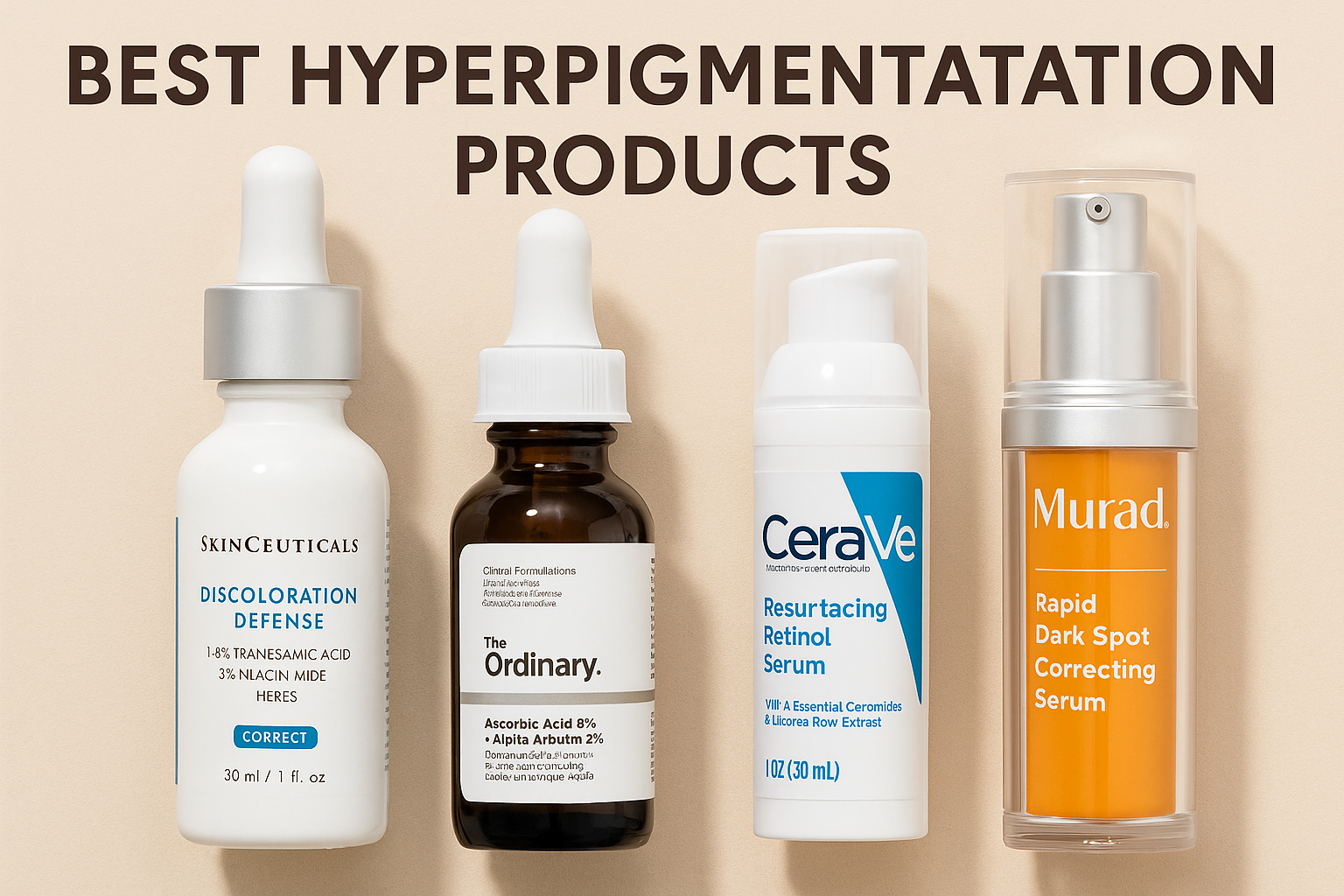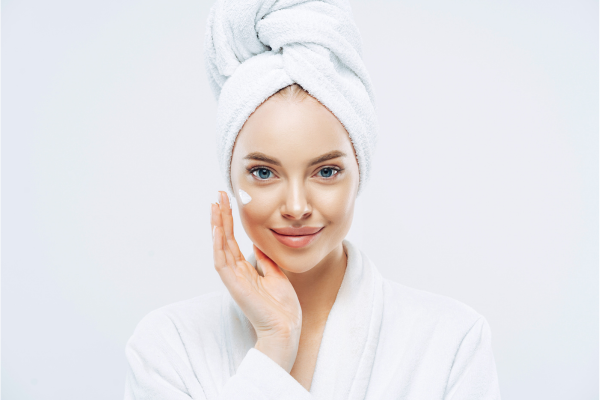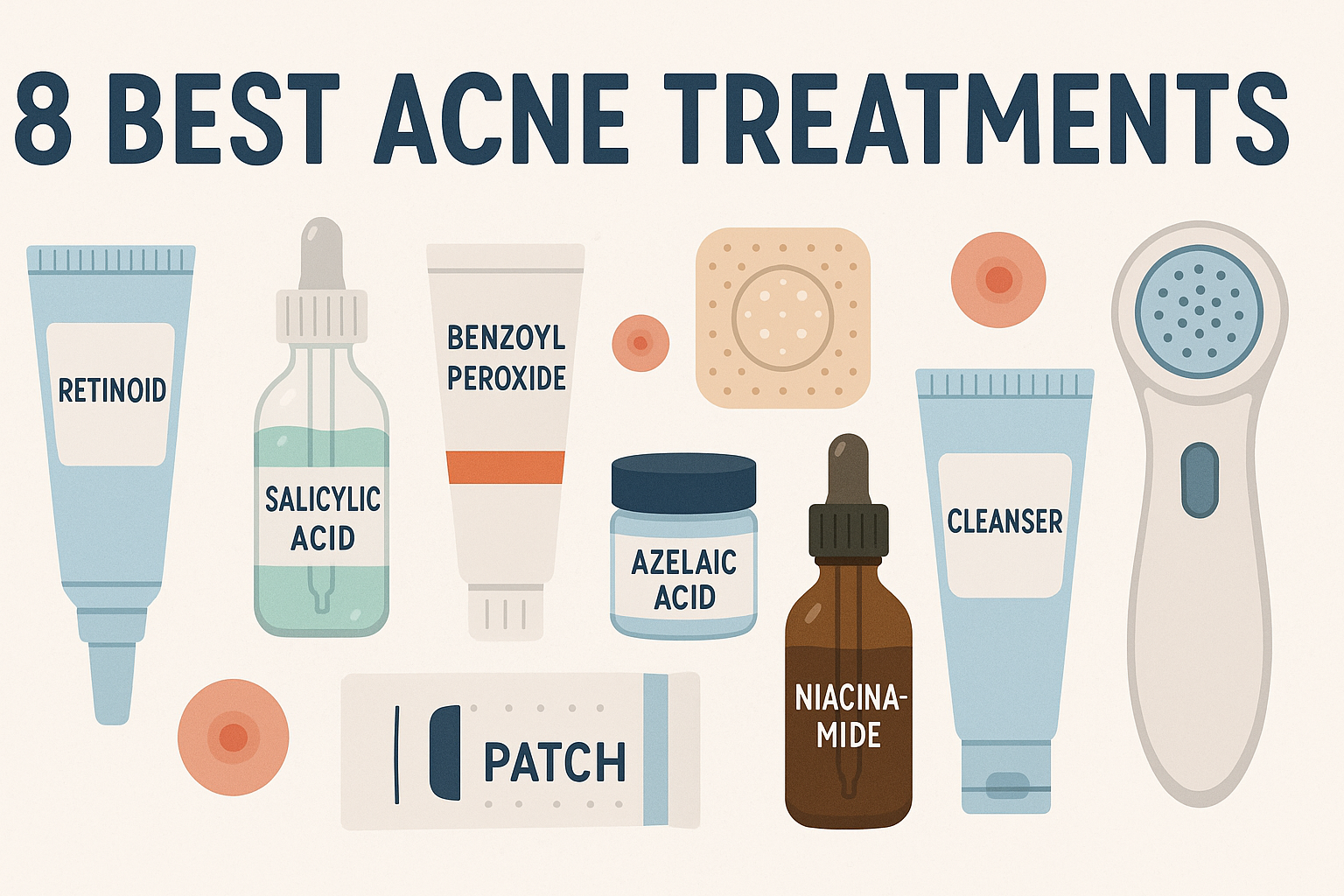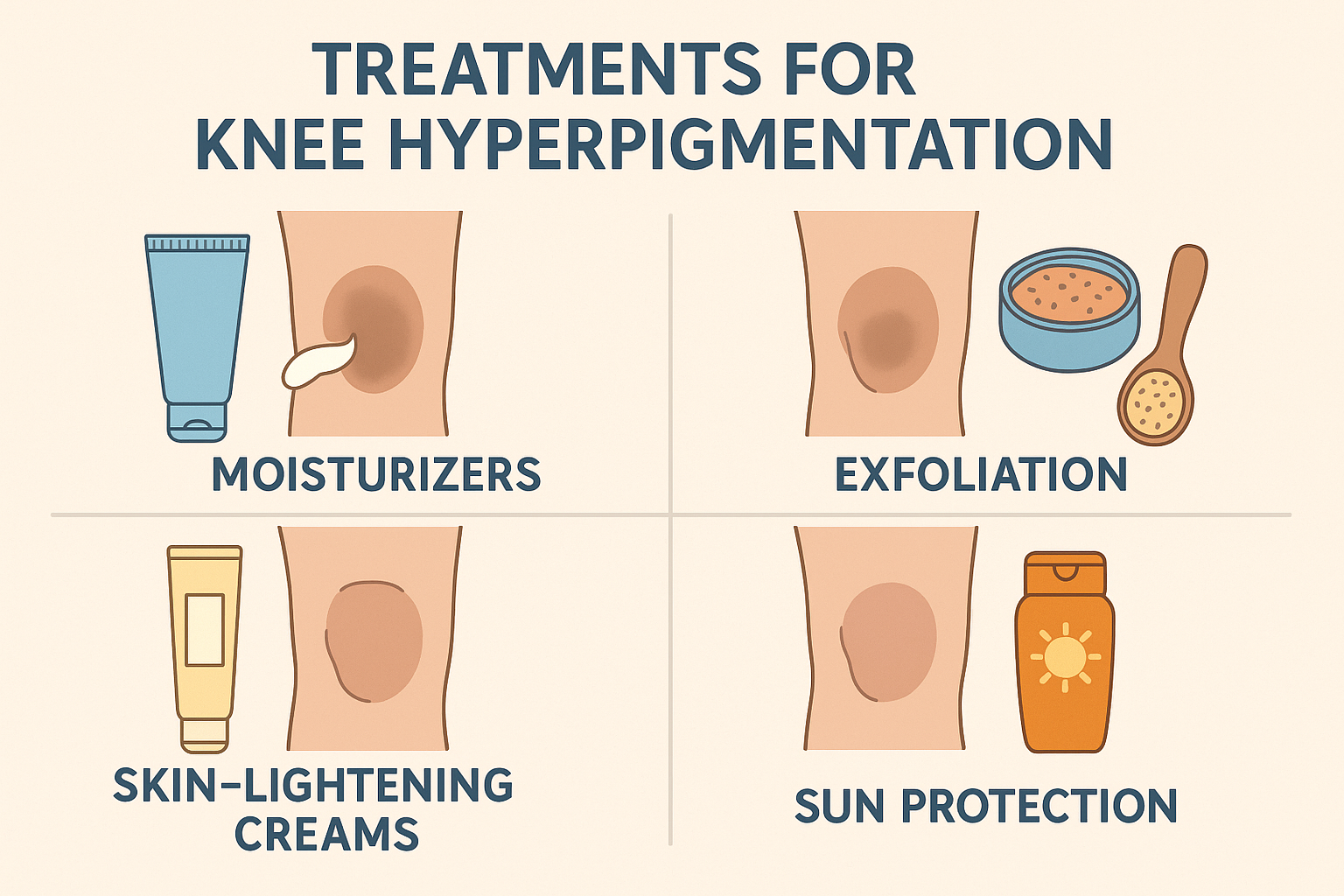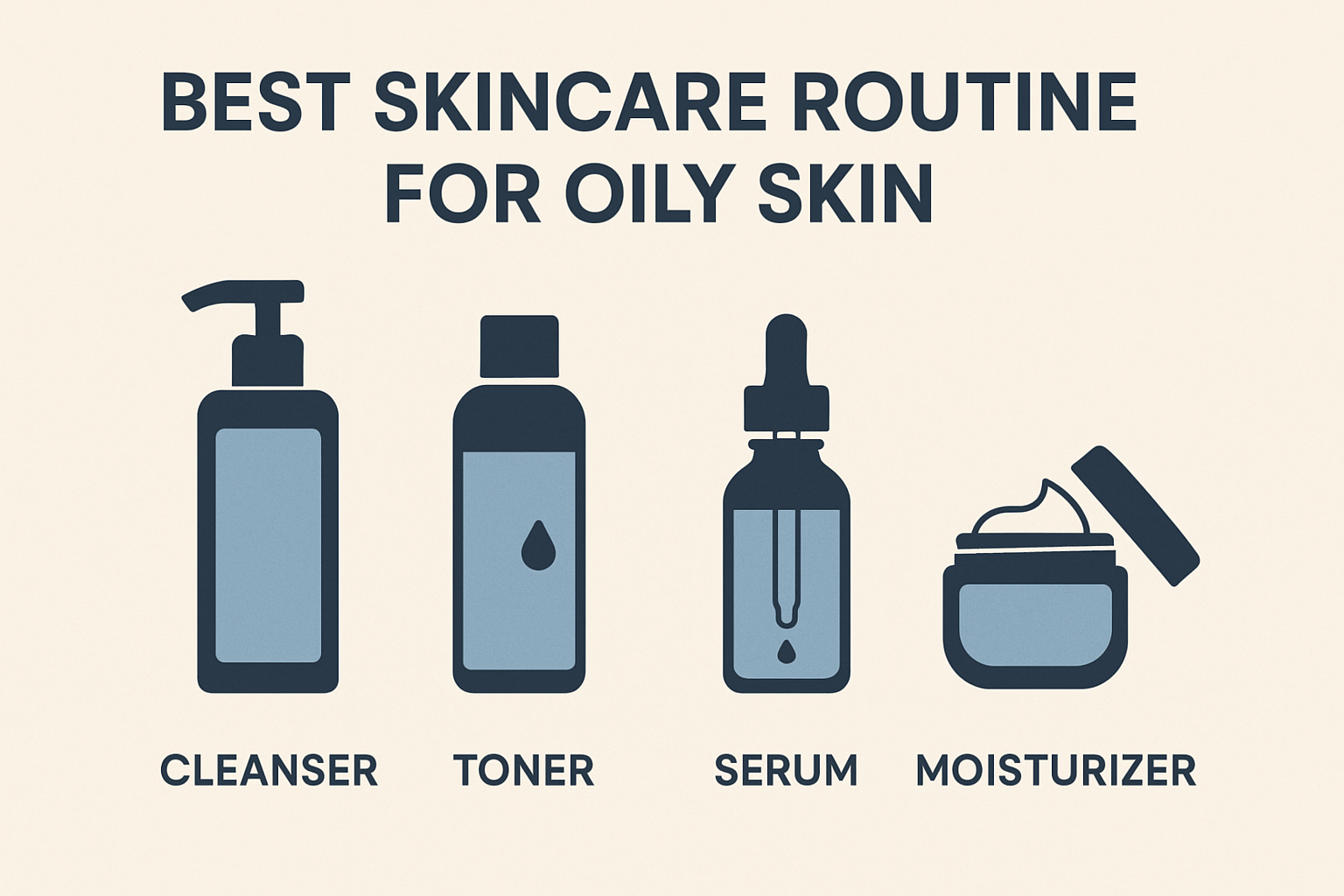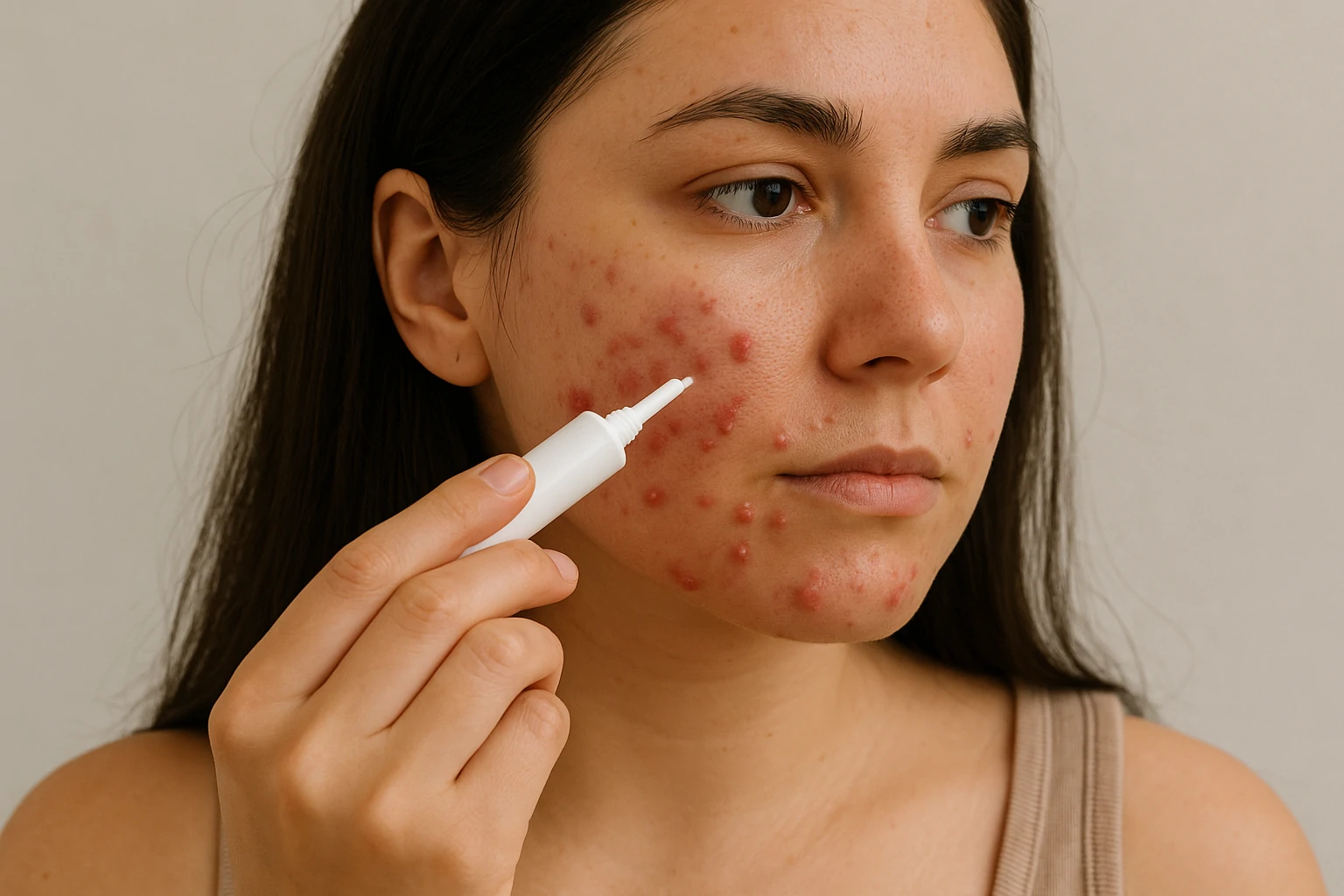Best Skincare Routine for Your 40s, According to Experts
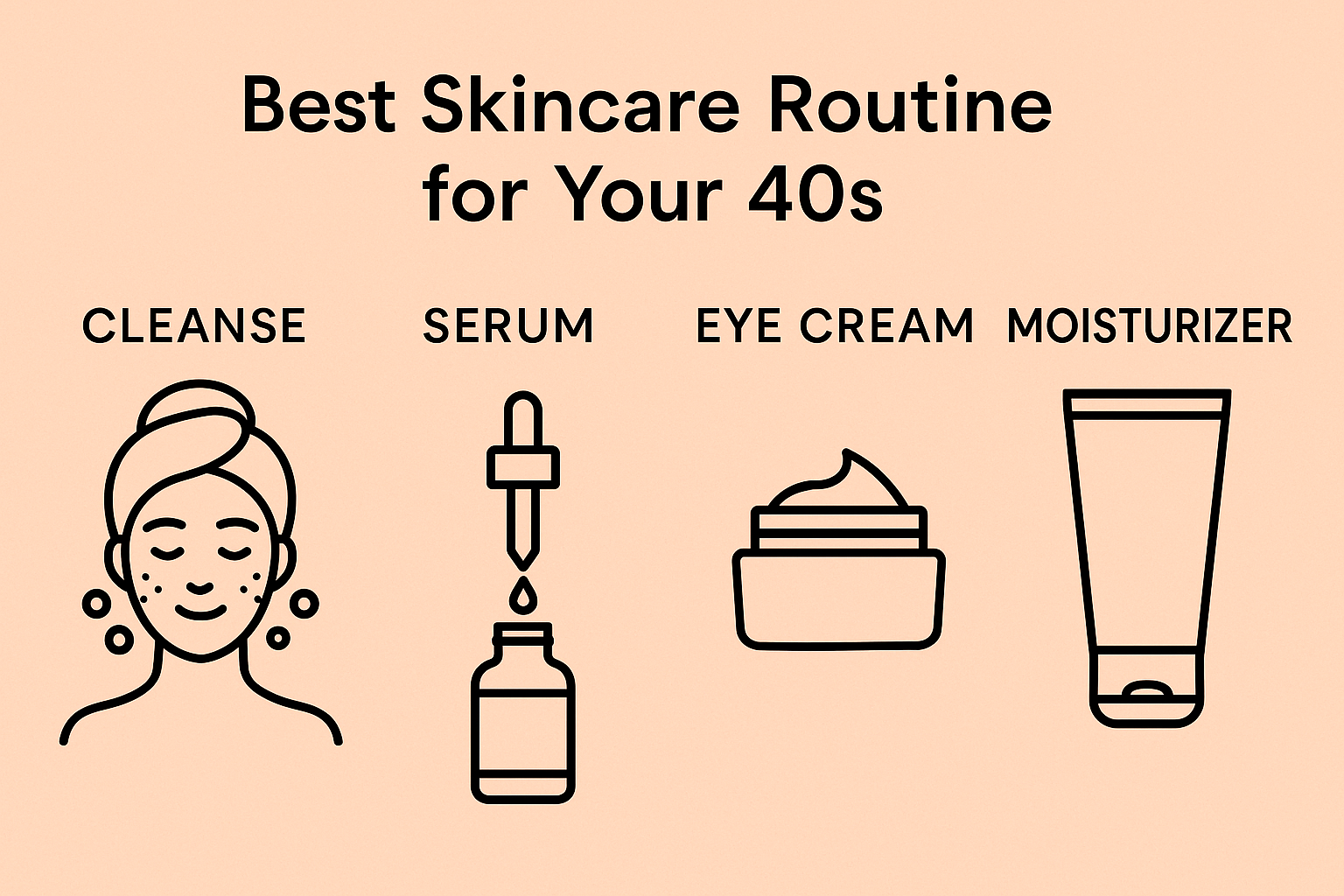
As you enter your 40s, your skin may begin to show visible signs of aging—such as fine lines, wrinkles, and uneven texture. That’s why adopting the right skincare routine for your 40s is essential to support your skin’s changing needs.
This process is completely natural, as the production of collagen and elastin slows down, cell turnover decreases, and the skin barrier becomes more vulnerable. However, according to dermatologists—including Dr. Craig Kraffert—it’s still possible to maintain healthy, glowing skin, as long as you follow a consistent and well-suited routine.
A skincare routine tailored to the needs of your 40s can actually be enjoyable, especially when it aligns with your personal preferences. Choose products that feel comfortable to use and contain proven active ingredients like retinol, peptides, vitamin C, niacinamide, and hyaluronic acid. These ingredients are known to boost hydration, stimulate collagen production, and improve overall skin texture.
Equally important are daily habits like applying sunscreen every day, cleansing your face gently, and exfoliating regularly according to your skin’s condition. Skincare isn’t just about the products you use—it’s also about understanding your skin’s evolving needs as you age. With the right knowledge and consistency, you can keep your skin looking fresh and radiant well into your 40s.
How to Change Your Skincare Routine in Your 40s
As women enter their 40s, the body begins to undergo hormonal changes, particularly a decline in estrogen levels. This shift directly affects skin health—leading to drier, thinner skin and the appearance of fine lines.[1Thornton MJ. Estrogens and aging skin. Dermatoendocrinol. 2013;5(2):264-270. doi:10.4161/derm.23872] Because of this, your skincare routine needs to be adjusted to remain effective in maintaining skin hydration and firmness.
The first step is to switch to a gentle facial cleanser that doesn’t strip the skin of its natural moisture. Cleansing oils or milk cleansers are great options, as they effectively cleanse without damaging the skin barrier. In the morning, apply an antioxidant serum such as vitamin C to brighten the complexion and protect against UV-induced damage.
A richer, emollient-based moisturizer is also essential to replenish moisture in skin that’s beginning to feel drier. The delicate eye area deserves special care as well—use an eye cream with gentle yet effective ingredients to target fine lines.
Don’t overlook the importance of lifestyle. Eating nutrient-rich foods, staying well-hydrated, and getting quality sleep all help enhance your skincare results from the inside out. Natural collagen, healthy fats, and antioxidants found in food can significantly improve skin condition during perimenopause.
Must-Have Skincare Ingredients to Add to Your Routine
To keep your skin healthy and youthful in your 40s, it’s important to choose active ingredients that are scientifically proven. Some essential skincare ingredients to include in your routine are retinol, hyaluronic acid, and ferulic acid. These three work synergistically to reduce signs of aging, maintain hydration, and brighten the skin.
Retinol is well known as a powerful anti-aging ingredient that stimulates collagen production and speeds up cell turnover.[2GWS Medika: Retinol: The Secret to Youthful Skin.] Hyaluronic acid helps retain moisture by binding water within the skin, leaving it plumper and more hydrated. Ferulic acid acts as a potent antioxidant, protecting the skin from free radical damage and enhancing the effectiveness of vitamins C and E.
The key to using these ingredients effectively is consistency and understanding your skin’s specific needs. If you’re just starting out, introduce them gradually to avoid irritation. Begin with products that contain lower concentrations and increase usage over time as your skin builds tolerance.
1. Retinoids
Retinoids are highly recommended skincare ingredients for addressing signs of aging such as fine lines, dullness, and even acne.[3The Ordinary: Your Comprehensive Guide to Using Retinoids.] As derivatives of vitamin A, retinoids work at the cellular level by stimulating skin regeneration and boosting collagen production. The result is smoother, brighter, and overall healthier-looking skin.
According to Dr. Dendy Engelman, regular use of retinoids can help even out skin tone and reduce the appearance of enlarged pores. Over-the-counter options like adapalene (such as Differin) are ideal for beginners, as they tend to be gentler and less irritating than stronger forms like tretinoin.
Retinoids are most effective when used at night. Start with a frequency of 2–3 times per week, then gradually increase usage as your skin builds tolerance. Always follow up with a moisturizer to minimize dryness, and don’t forget to apply sunscreen in the morning, since retinoids can make your skin more sensitive to sun exposure.
2. Vitamin C
Vitamin C is one of the most effective antioxidants for maintaining healthy skin, especially when it comes to preventing premature aging. This ingredient helps brighten the skin, fade dark spots, and support collagen production. Dr. Loretta Ciraldo recommends starting a vitamin C serum as early as your 20s to help prevent early signs of damage.
Apply vitamin C serum in the morning before sunscreen to maximize protection against sun exposure and pollution. Choose a stable formula that suits your skin type—some forms of vitamin C, such as ascorbic acid, can be too strong for sensitive skin, so it’s best to start with a lower concentration.
Consistent use of vitamin C also helps create a fresher, more even-toned complexion. With regular application, visible results can appear within a few weeks.
3. Antioxidants
Antioxidants play a crucial role in anti-aging skincare as they serve as the skin’s first line of defense against damage caused by free radicals. These harmful molecules are generated by UV exposure, pollution, and stress—and if left unchecked, they can accelerate the appearance of wrinkles and hyperpigmentation.
One of the most effective antioxidant combinations is vitamin C, vitamin E, and ferulic acid. This trio not only brightens and firms the skin but also strengthens its resistance to environmental aggressors. Products like SkinCeuticals C E Ferulic are often recommended by dermatologists due to their clinically proven ability to improve skin texture and reduce fine lines.
Use antioxidants every morning to create an extra layer of protection. With consistent use, your skin will appear healthier, more radiant, and better shielded from premature aging.
The Best Skincare Routine for Your 40s, Backed by Experts
In your 40s, skin tends to become more sensitive, thinner, and more prone to moisture loss. For this reason, an overly complicated skincare routine can actually make things worse. According to Dr. Dendy Engelman, using too many products may damage the skin barrier—the skin’s natural protective layer that retains hydration and shields against external irritants. When this barrier is compromised, the skin becomes more susceptible to dryness, redness, and premature aging.
The best approach is to focus on a simple yet effective routine. Four essential steps include: a gentle cleanser to maintain balance, an active serum like vitamin C for protection and brightening, a moisturizer to lock in hydration, and sunscreen for daily UV defense.
Dermatologists emphasize that consistency matters more than the number of products. By choosing the right products and using them regularly, you can strengthen your skin barrier, maintain elasticity, and slow down the signs of aging. Remember—less can be more, especially when your skin is undergoing age-related changes.
1. Morning
Your morning skincare routine plays a key role in protecting your skin throughout the day. It’s the perfect time to cleanse any residue from your nighttime products, shield your skin from free radicals, and ensure it stays well-hydrated. Here are the essential steps for your morning routine:
Wash Your Face
Cleansing your face in the morning isn’t just about feeling refreshed—it’s essential for removing any residue from nighttime skincare, natural oils, and particles from your pillow or bedroom air. In your 40s, your skin tends to be drier and more sensitive, so it’s important to choose a gentle cleanser that won’t disrupt your skin’s natural balance.
Avoid foaming cleansers with harsh surfactants or alcohol. Instead, opt for products like CeraVe Hydrating Facial Cleanser, which contains ceramides and hyaluronic acid. Ceramides help maintain the skin barrier’s integrity, while hyaluronic acid draws moisture into the skin to keep it hydrated. This cleanser is also free from harsh detergents, making it safe for daily morning use.
The right cleanser leaves your skin soft and hydrated—not tight or dry after rinsing. This is important because overly dry skin can accelerate the formation of fine lines and wrinkles. Clean, moisturized skin also absorbs serums and moisturizers more effectively.
Exfoliate
In your 40s, skin cell turnover slows down. Dead skin cells build up more easily, causing a dull and rough texture. That’s why exfoliation is a key part of your morning skincare routine, even though it doesn’t need to be done daily. According to Dr. Audrey Kunin, exfoliating 2–3 times a week is enough to keep your skin looking fresh and smooth.
Exfoliation helps clear the way for serums and moisturizers to penetrate more effectively. Choose a gentle chemical exfoliant—AHA (like glycolic or lactic acid) works well for dry or dull skin, while BHA (salicylic acid) is better for oily or acne-prone skin. Avoid harsh scrubs, which can damage the weakened skin barrier that’s common in your 40s.
The best time to exfoliate is in the morning, right after cleansing. Your skin has just completed its nightly regeneration process, so it’s the perfect moment to sweep away dead cells. Always follow with a moisturizer and sunscreen, as exfoliated skin becomes more sensitive to UV rays.
Apply Serums
Serums are potent boosters in your skincare routine, packed with high concentrations of active ingredients. In the morning, vitamin C is a standout choice—it’s a powerful antioxidant that protects your skin from UV rays, pollution, and environmental stress. It also brightens the complexion and supports collagen production, which naturally decreases with age.
One dermatologist-recommended option is the Vichy Pure Vitamin C Serum Brightening Skin Corrector. It combines pure vitamin C with hyaluronic acid, offering dual benefits: brightening and hydrating at once. The lightweight formula absorbs quickly and works well under moisturizer and sunscreen.
Apply your serum to clean, dry skin for maximum effectiveness. With regular use, you’ll notice your skin looking more even-toned, refreshed, and plump—making this an essential step in a healthy skincare routine in your 40s.
Apply Moisturizer
In your 40s, your skin naturally produces less sebum, and your barrier becomes weaker—leading to dryness. That’s why moisturizer is a non-negotiable part of your routine. According to Dr. Loretta Ciraldo, maintaining hydration is key to keeping skin supple and preventing the early appearance of fine lines.
Choose a moisturizer that includes lipids, ceramides, and hyaluronic acid—ingredients that help repair the skin’s structure and lock in moisture. One popular choice is CeraVe Moisturizing Cream, suitable for both morning and evening use thanks to its rich yet fast-absorbing formula.
Moisturizers also serve as a protective seal over your serum, preventing water loss from the skin. With consistent use, your skin will feel smoother, stay hydrated, and appear more radiant—even as you age.
Don’t Forget Sunscreen
Sunscreen is the most important step in any anti-aging skincare routine. Without UV protection, the benefits of your other skincare products can quickly be undone. Dr. Craig Kraffert emphasizes that daily use of SPF 30 or higher can significantly reduce the risk of premature aging and skin cancer.[4Skin Cancer Foundation. All about sunscreen. Updated May, 2021.]
Look for a broad-spectrum sunscreen that protects against both UVA and UVB rays and has a texture you’ll enjoy wearing every day. Favorites among dermatologists include Supergoop! Unseen Sunscreen SPF 40 and EltaMD UV Clear SPF 46—both lightweight, non-greasy, and makeup-friendly with no white cast.
Apply sunscreen generously to your face, neck, hands, and chest. Even on cloudy days or when staying indoors, UV rays from windows and screens can still affect your skin. Consistency is key—daily protection keeps your skin youthful and resilient.
2. Evening
Remove Your Makeup
Thoroughly removing makeup is the first and most essential step in any nighttime skincare routine—especially in your 40s, when skin becomes more sensitive and cell turnover slows down. Leftover makeup can clog pores, trigger breakouts, and accelerate signs of aging like dullness and fine lines. That’s why it’s important to use a gentle yet effective cleansing balm like Juno & Co. Clean 10 Cleansing Balm, formulated with antioxidant-rich Japanese pearl barley.
This balm melts into an oil when massaged onto the skin, dissolving makeup, sunscreen, and dirt without stripping your skin. After rinsing, your skin feels clean, soft, and supple. If using a cotton pad, apply gently—especially around the eyes—to avoid unnecessary tugging that can lead to wrinkles.
Wash Your Face
The second step in the double cleansing method is to use a gentle water-based cleanser. Even after removing makeup with a balm, traces of pollution, sweat, and sunscreen may still linger. Dermatologists recommend a non-soap, pH-balanced cleanser rich in hydrating ingredients like ceramides, glycerin, or hyaluronic acid to maintain a healthy skin barrier.
This is especially crucial in your 40s, when skin becomes drier and more prone to irritation. Avoid products with alcohol or synthetic fragrances, which can aggravate sensitive skin. Proper cleansing ensures that your skin is ready to absorb serums and night creams effectively.
Apply a Hyaluronic Acid Serum
A hyaluronic acid (HA) serum can be a powerful addition to your nighttime routine, especially if your skin shows signs of dehydration. HA is a superstar humectant that can hold up to 1,000 times its weight in water, helping plump the skin and reduce fine lines caused by dryness.
Apply HA serum to slightly damp skin—right after washing your face or misting with toner—for best results. Follow with a moisturizer to lock in the hydration. Choose an alcohol- and fragrance-free formula to avoid irritation, particularly if your skin is sensitive.
Apply Moisturizer
Sealing in moisture is key to preventing visible signs of aging overnight. In your 40s, the skin naturally loses more water due to declining sebum production and a weakened barrier. That’s why a nutrient-rich night cream with ingredients like ceramides, niacinamide, or peptides is essential for reinforcing skin strength and elasticity.
Don’t forget to apply it to your neck and décolleté—two often-neglected areas that are just as prone to aging. Use upward, gentle motions to help avoid sagging. With regular use, your skin will feel smoother, plumper, and deeply hydrated by morning.
Apply Face Oil (Optional)
Adding a face oil after your moisturizer can be a beneficial optional step, particularly for very dry or sensitive skin. Face oils act as occlusive layers that trap moisture in and prevent overnight water loss. Their essential fatty acids—like omega 3, 6, and 9—also help reinforce the skin barrier and support cell regeneration.
A recommended product is Le Prunier’s Plum Beauty Oil, which delivers intense hydration and a natural glow without feeling heavy. Apply a few drops and gently press into the skin as the final step in your evening routine.
Lastly, don’t forget skin health checks. According to Dr. Kunin, early detection of skin cancer—such as changes in moles—can be life-saving. Regular skin exams are highly recommended in your 40s.
At-Home Skincare Treatments
1. NuFace
NuFace is a popular at-home skincare device that uses microcurrent technology to stimulate facial muscles and skin cells with low-level electrical currents. These microcurrents mimic the body’s natural electrical signals, helping boost circulation, promote ATP (adenosine triphosphate) production—your cells’ energy source—and encourage collagen and elastin synthesis.
With regular use, NuFace can help lift and tone facial contours, soften the appearance of fine lines, and deliver a non-invasive “mini facelift” effect. Many users notice visible improvements early on, especially around the cheeks, jawline, and forehead.
For best results, it’s recommended to use NuFace five days a week for five minutes per session. Always apply the conductive gel beforehand and follow the correct device movements for safety and effectiveness. This device is ideal for anyone starting an at-home anti-aging routine without visiting a clinic.
2. LED Therapy
LED therapy is a painless skincare treatment that uses specific light wavelengths to target various skin concerns. Red light (630–700 nm) penetrates deep into the dermis to stimulate collagen production and improve skin elasticity, while blue light (405–420 nm) works on the surface to kill acne-causing bacteria.
Today, there are many at-home LED devices available—from full-face masks to handheld wands and LED panels. Although these tools have lower intensity than professional devices, consistent use 3–5 times per week can deliver noticeable results, especially for aging or acne-prone skin.
LED therapy is safe for all skin types, including sensitive skin, since it produces no heat or irritation and requires no downtime. The key is consistency and patience to see visible improvements over time.
3. Microneedling
Microneedling is a technique that involves using a device with fine needles to create controlled micro-injuries in the skin. This triggers the body’s natural healing process, boosting the production of collagen and elastin—the two proteins essential for maintaining firm, youthful-looking skin.[5Iriarte C, Awosika O, Rengifo-Pardo M, Ehrlich A. Review of applications of microneedling in dermatology. Clin Cosmet Investig Dermatol. 2017;10:289-298. doi:10.2147/CCID.S142450.]
It’s highly effective for addressing fine lines, acne scars, enlarged pores, and uneven skin tone. At-home microneedling tools are now widely available, designed with shorter needle lengths to ensure safety. After treatment, applying active serums like vitamin C or peptides enhances absorption and maximizes results.
While microneedling can be done at home, make sure your tool is always sterilized, and avoid overuse—once or twice per week is enough. If unsure, consult a dermatologist before beginning.
Professional Skincare Treatments
If you feel your daily skincare routine isn’t delivering the results you want, or you’re looking for more dramatic improvements, professional treatments at a dermatology clinic may be the next step. Procedures like laser resurfacing, chemical peels, professional microneedling, radiofrequency (RF), and ultrasound therapy can penetrate deeper layers of the skin to refine texture, fade dark spots, and firm sagging areas.
The key benefit? These treatments stimulate a significant boost in collagen production, which naturally declines with age. They also improve uneven skin tone and stubborn fine lines more effectively and faster than most at-home skincare.
However, each procedure comes with its own set of side effects, risks, and downtime. You might experience redness, peeling, or sensitivity for several days after treatment. That’s why a consultation with a certified dermatologist is essential to help you choose the most suitable option based on your skin type and goals.
1. Medical Facial
A medical facial is a professional treatment performed in a clinical setting, offering a more therapeutic approach than standard spa facials. It typically includes deep pore cleansing combined with technologies like LED therapy, microdermabrasion, or light chemical peels, all tailored to your skin’s unique condition.
This facial is ideal for those with sensitive skin, acne, or early signs of aging. It promotes faster skin regeneration, soothes inflammation, and targets acne-causing bacteria (Propionibacterium acnes).
Since medical facials are performed by professionals using medical-grade products, the results are more effective and safer. For best results, it’s recommended every 4–6 weeks to maintain overall skin health.
2. Botox
Botox is an injectable treatment that temporarily relaxes facial muscles responsible for expression lines, especially around the forehead and eyes. It softens wrinkles, giving your face a refreshed look without surgery. It’s also a popular preventative treatment to stop fine lines from becoming permanent.
A growing trend among people in their 20s and 30s is “Baby Botox,” which uses lower doses for a more natural, subtle result—no frozen expressions here.
It’s crucial to receive Botox from a certified dermatologist, as technique matters greatly. Poor injection placement can lead to side effects like drooping eyelids or an uneven smile.
2. Fillers
Facial fillers work by restoring lost volume in areas like the cheeks, under eyes, and jawline. The most common type contains hyaluronic acid (HA), a substance naturally found in the skin that helps retain moisture.
The effects are immediate and typically last 6 to 18 months, depending on the filler type and treated area. For longer-lasting results, there are collagen-stimulating fillers such as Radiesse (Calcium Hydroxylapatite) and Sculptra (Poly-L-lactic acid).
Each filler has unique properties, so a professional consultation is important to choose the best one for your facial structure and aesthetic goals. When done right, fillers can enhance your natural look without appearing overdone.
3. Lasers
Fraxel laser is a powerful skin resurfacing treatment that creates micro-injuries to trigger regeneration and collagen production. The result? Smoother skin texture, more even tone, and reduced dark spots. However, downtime typically includes redness and peeling for 5–7 days.
For sensitive skin, IPL (Intense Pulsed Light) is a gentler alternative. While not a true laser, IPL uses high-intensity light to target rosacea, minor acne, and pigmentation—with less recovery time.
Both treatments should only be performed by professionals and require a prior skin consultation to ensure safety and suitability.
4. PRP Injections
PRP (Platelet-Rich Plasma) therapy uses your own blood to rejuvenate the skin. After drawing and processing your blood, the platelet-rich plasma is injected into your face or used with microneedling to enhance its effects.
Often referred to as the “vampire facial,” PRP is a natural method that stimulates cell renewal and boosts collagen production, making it ideal for improving texture, reducing acne scars, and restoring youthful radiance.
For best results, PRP is often paired with treatments like the Clear + Brilliant laser, which increases absorption and regeneration. It’s an excellent option for those seeking minimal-downtime, natural anti-aging solutions.
Conclusion
As you enter your 40s, natural skin changes—like reduced collagen, elastin, and moisture—start to become more noticeable. These may show up as dullness, fine lines, and uneven skin tone. The good news? You can manage these signs of aging with the right skincare strategy.
Incorporate active ingredients such as retinol, vitamin C, niacinamide, and hyaluronic acid into your routine. These powerful ingredients help improve elasticity, brighten your complexion, and lock in hydration. And never skip daily sunscreen, your best defense against premature aging and the risk of skin cancer.
For deeper, faster results, you might consider advanced treatments like microneedling, laser therapy, or PRP (Platelet-Rich Plasma). Just make sure to consult a dermatologist first to ensure the treatment suits your skin’s needs and sensitivity.
Remember, skincare is not about perfection—it’s about consistency. With a regular routine and the right treatments, healthy, youthful-looking skin is completely within reach.
About the Author
M. Hariri is a business and beauty content writer with over five years of experience. He focuses on research-based skincare education and frequently collaborates with dermatologists. His work can be found in various national and international beauty publications.
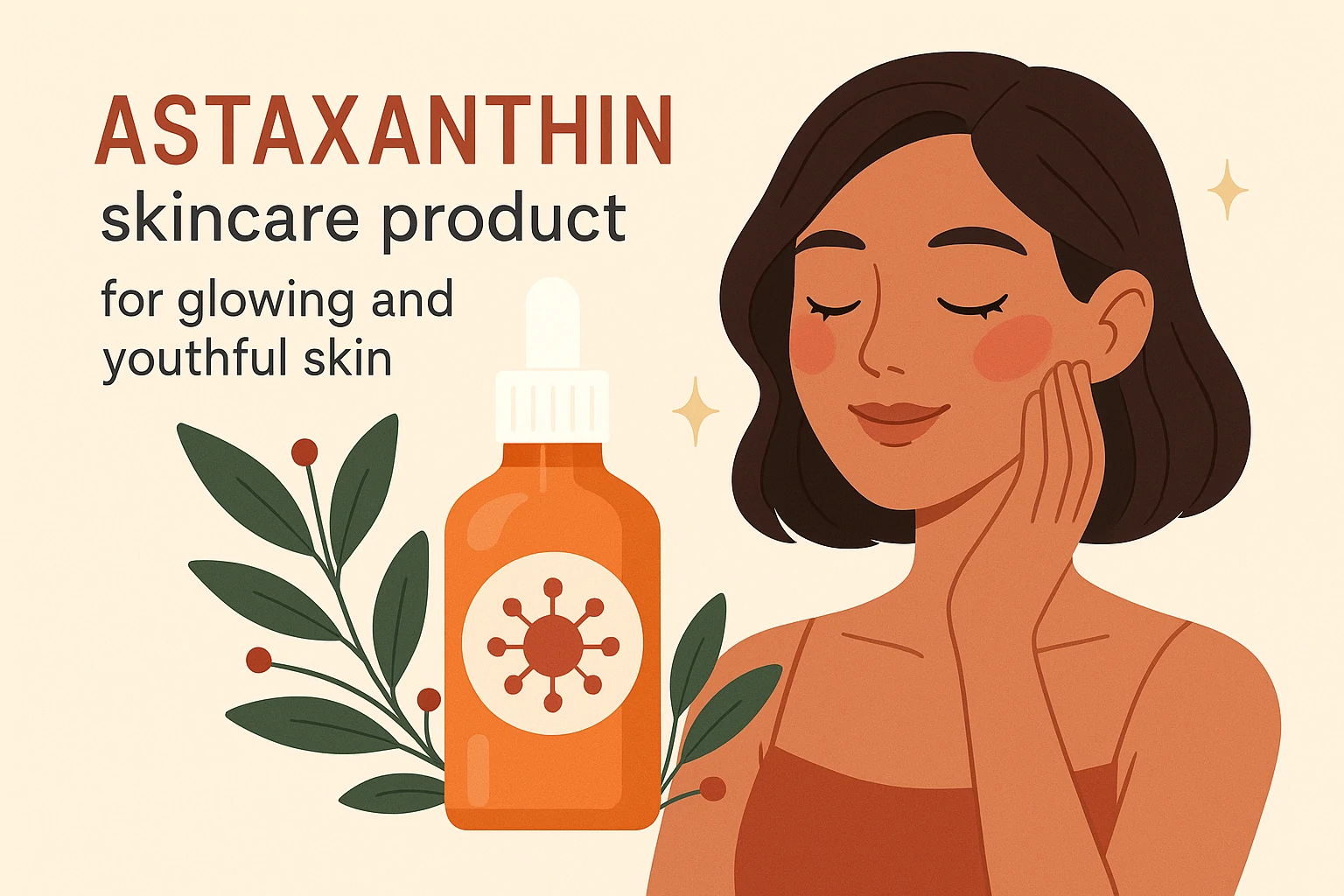

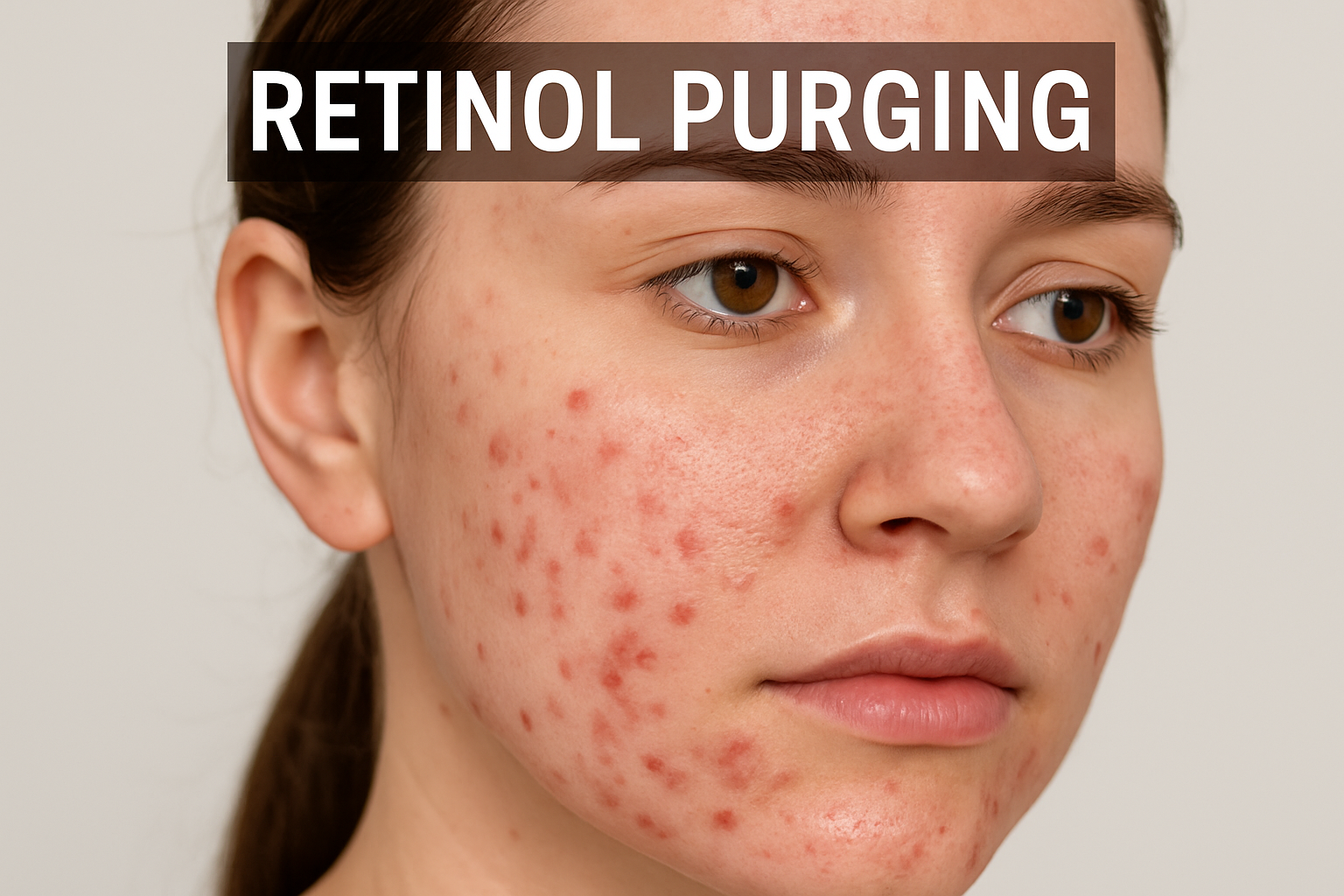
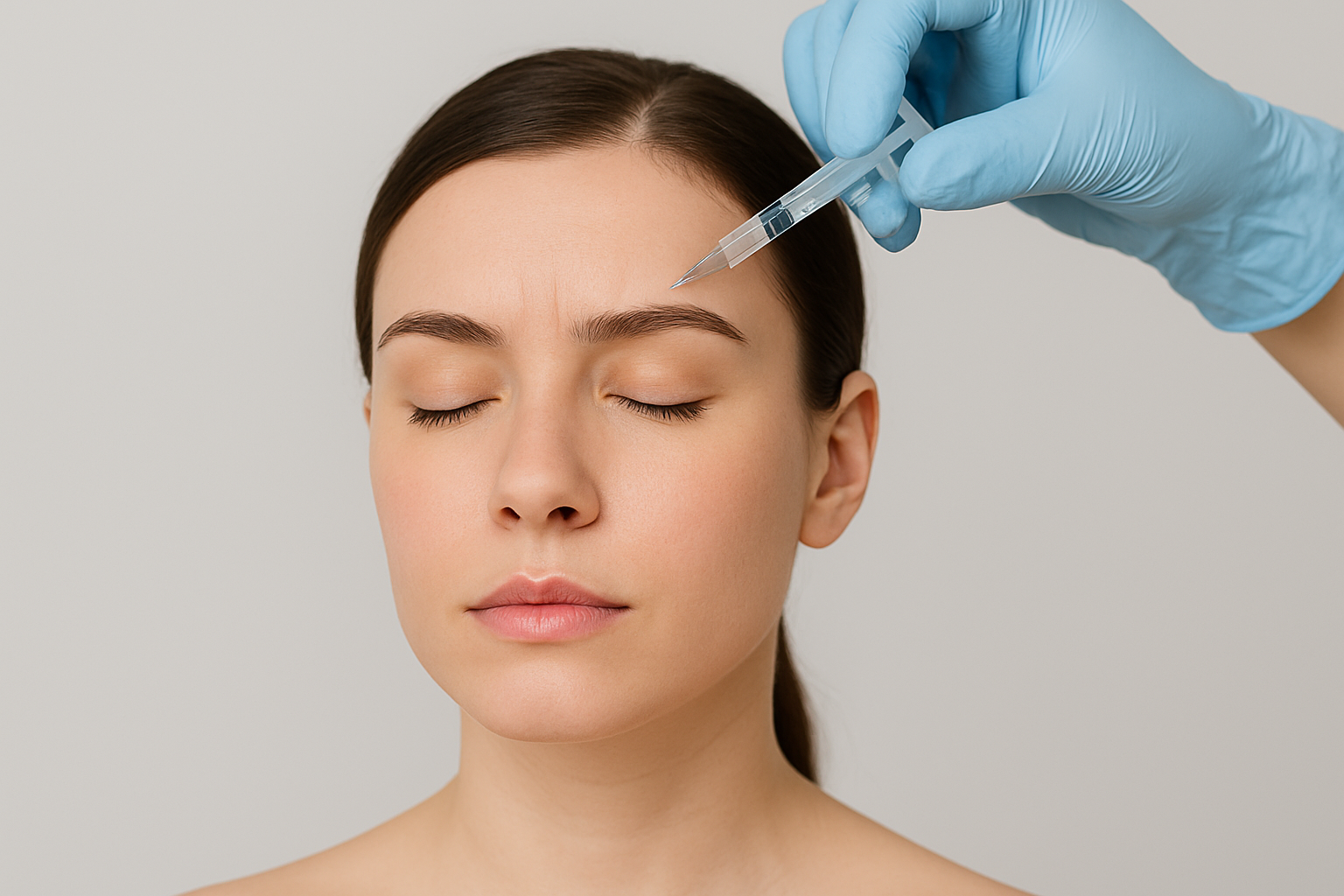
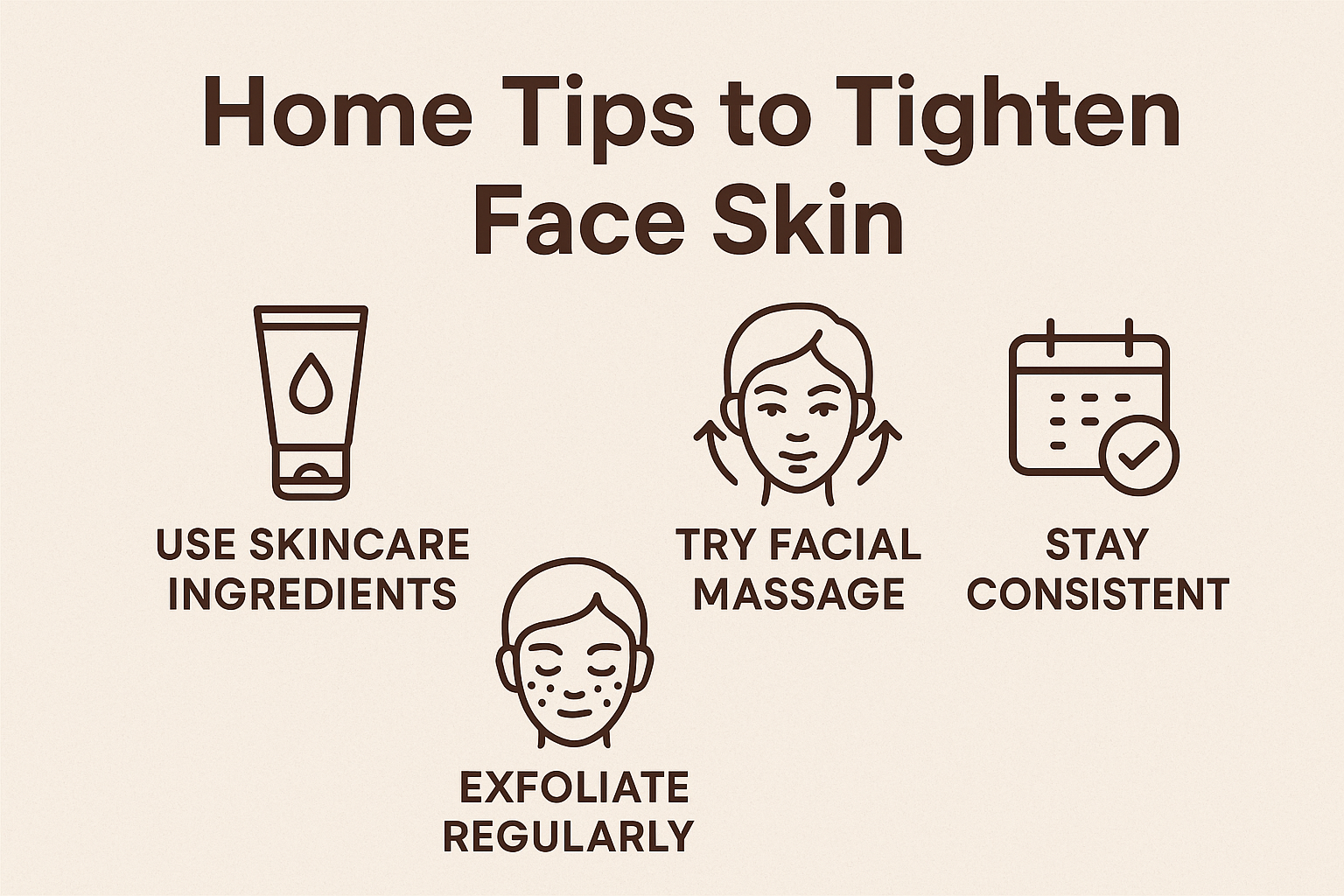

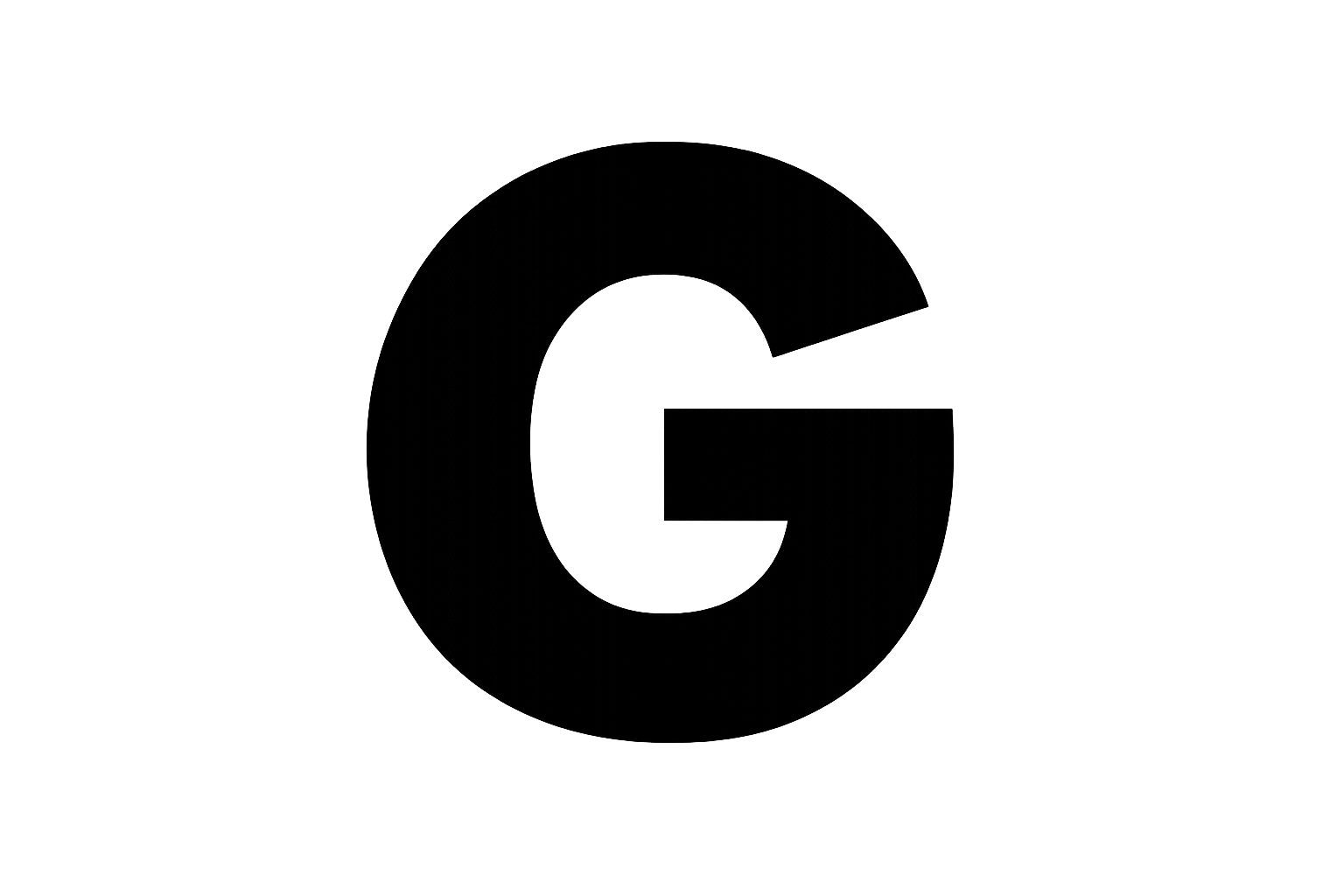 Acne
Acne Anti-Aging
Anti-Aging Business
Business Digital Marketing
Digital Marketing Economics
Economics Movies
Movies Personal Finance
Personal Finance Websites
Websites
